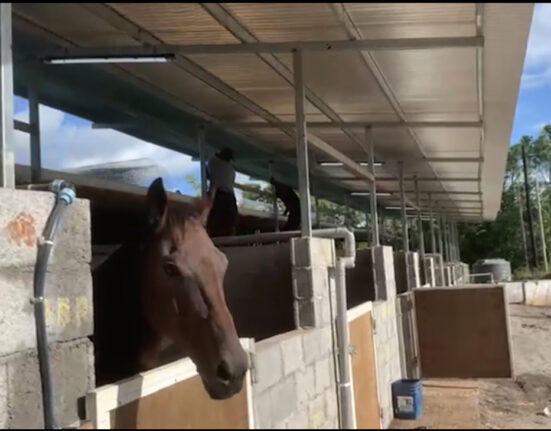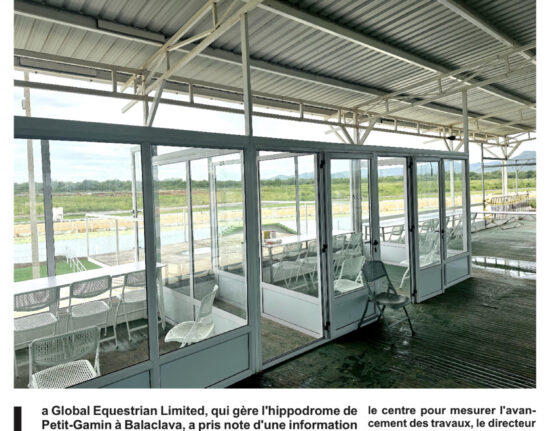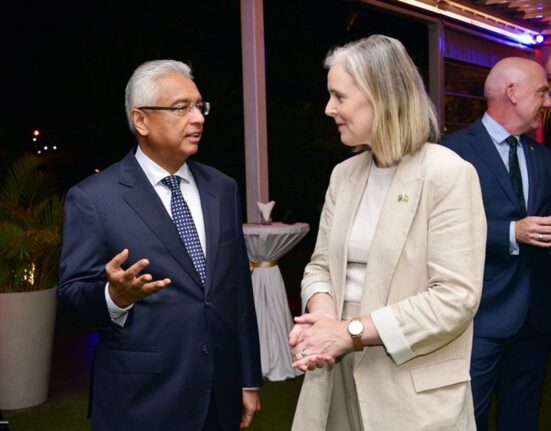During the years 2010-2018, Mauritius has achieved, on average, an annual GDP growth of 3.8% compared to an average of 4.4% during the years 2000-2009. The country is said to be ‘stuck’ in, what we commonly refer to as, the middle-income trap. Are we really ‘trapped’?
Perhaps, first of all, it is good to point out that we are experiencing positive growth and our macroeconomic indicators are pretty good, such as, low inflation rate, low unemployment rate, a more or less stable currency, among others. Our per capita income in 2018 is estimated at US$10,578, and is equivalent to 84 percent of the world’s average. What really matters is how the income is distributed among the citizens. The Household Budget Survey of 2017 reports an improvement in reducing the income inequality gap, the Gini coefficient falling from 0.414 to 0.40. This is encouraging because what we need is economic development and not only economic growth. We need to focus on inclusive growth so that poverty is eradicated, as well as protecting our environment to better living conditions.
In terms of the economic ‘trap-ness’, the key question is whether we are moving in the right direction. The evidence seems to suggest that Mauritius is making significant progress on many fronts and is certainly envied by many countries, especially those in Africa, where the island scores favourably on many indices such Ease of Doing Business, Transparency, Happiness Index (only Algeria is ahead of us in Africa), Human Development Index, Gender Equality, Governance, Tax efficiency, among many others. What we need is sustainable growth, protect the most vulnerable and the environment.
Since 1992, the term sustainable development has become a buzzing term, especially for international organisations, and is now high on the agenda of many countries. This is rightly so. Natural greenhouse effect allows life on earth to be possible; otherwise, our planet would have an average temperature of minus 18 degrees Celsius. Increased human activity, deforestation, burning of fossil fuels for energy, among others, are putting huge pressure on greenhouse gas emissions. These activities are, in fact, causing an imbalance to the greenhouse effect, trapping additional heat and raising Earth’s average temperature. If industrial economies ignore the impact of increased carbon dioxide emissions in the atmosphere, then our planet is doomed. Greenhouse gases, which has an influence on the earth’s energy balance, have unprecedentedly gone beyond the natural level and outcomes are pretty obvious—rising sea level, severe droughts, flash floods, torrential rain, extreme cold, heatwaves, etc. to name just a few. The process of industrialisation, and its increasing intensity, are primarily responsible for high carbon dioxide presence in the atmosphere.
The promotion of a green economy was a key theme at the Rio+20 Conference held in June 2012 to mark the 20th anniversary of the Rio Summit. Governments agreed at Rio+20 to frame the green economy as an important tool for sustainable development – one that is inclusive and can drive economic growth, employment, and poverty eradication, whilst maintaining the healthy functioning of the Earth’s ecosystems. Green growth should be seen as a means to foster economic growth and development.
If we focus too much on achieving just economic growth we run the risks of eroding our natural capital. An OECD report stated that if this is left unchecked, this would mean increased water scarcity, worsening resource bottlenecks, greater pollution, climate change and unrecoverable biodiversity loss (OECD, 2011: Towards Green Growth).
What is Green Economy?
One of the most commonly accepted definitions of a green economy (GE) is the one put forward by the United Nations Environment Programme (UNEP) and promoted through its Green Economy Initiative. UNEP defines a green economy as one that results in “improved human well-being and social equity, while significantly reducing environmental risks and ecological scarcities”.
The GE concept has also resonated in climate change mitigation discussions and it has become an important theme in the United Nations Framework Convention on Climate Change (UNFCCC) negotiations. For a better understanding of what constitutes a Green Economy, it must be seen as a transition towards an economic model based on the sustainable generation of equitable social, environmental and economic benefits. The concept of a green economy is related to the ideas of green growth (the potential of green sectors and industries as engines of growth) and low-carbon development (development emphasizing reduction in use of fossil fuels).
The question that arises ultimately is how to achieve green growth. The OECD report outlines some sources to achieve green growth. This can be attained by:
Increasing productivity by providing incentives for greater efficiency in the use of resources and natural assets, for example, by reducing waste and energy consumption. A good example is a project led by the Association des Hotels de Charme under the Switch Africa Green programme of the European Union, where it was found that energy saving and savings on water bill can be obtained by investing in green technologies.











